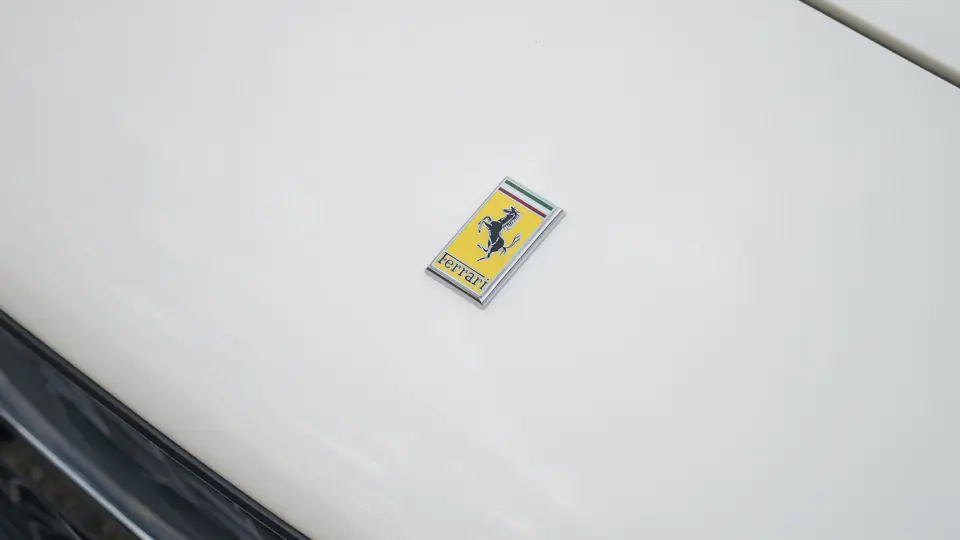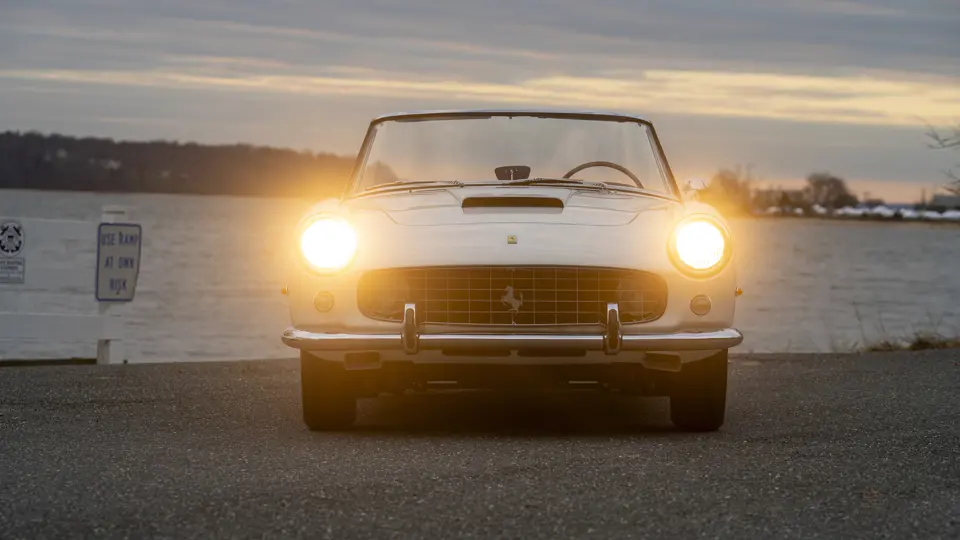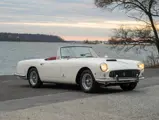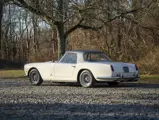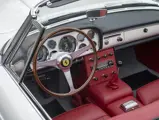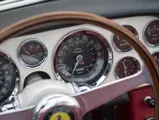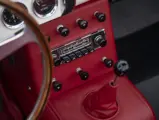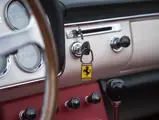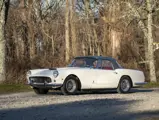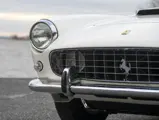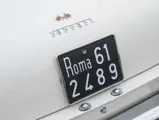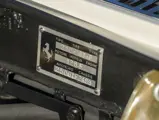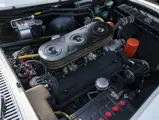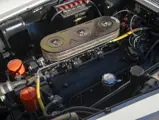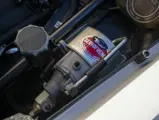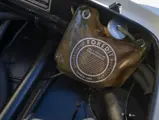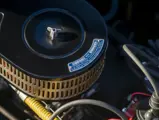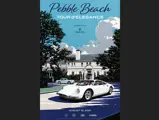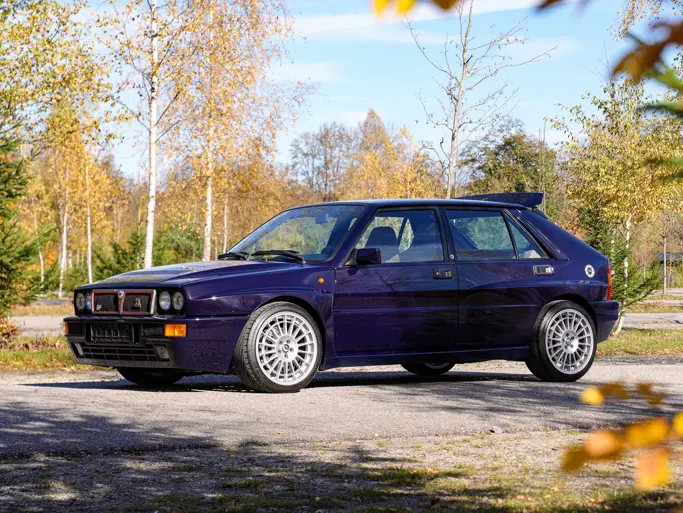
1961 Ferrari 250 GT Cabriolet Series II by Pininfarina
{{lr.item.text}}
$1,500,000 - $1,750,000 USD | Not Sold
{{bidding.lot.reserveStatusFormatted}}
- Number 124 of 200 examples built
- Retains its numbers-matching engine, gearbox, and rear axle, as documented in its Ferrari Classiche Red Book; accompanied by exceedingly rare factory hardtop with sunroof
- Four-time recipient of an FCA Platinum Award; received the Chairman’s Award at the 2021 Radnor Hunt Concours d’Elegance, and an FCA Gold Award at the 2023 Pennsylvania Concorso Ferrari
- Exhibited at the Pebble Beach Concours d’Elegance and The Quail, A Motorsports Gathering; featured on the official poster of the 2021 Pebble Beach Tour d’Elegance
- Winner of an Amelia Award at the 2013 Amelia Island Concours d’Elegance
- Presented at the Cavallino Classic on six different occasions
- Benefits from comprehensive two-year restoration completed circa 2012; matching-numbers engine rebuilt in 2021
- Documented with factory build sheet copies, Ferrari Classiche Red Book, history by Marcel Massini, restoration invoices, and period photos
- Accompanied by tool roll, factory jack, and owner’s manuals
- Eligible for exclusive concours d’elegance and vintage rally-touring events worldwide
THE ULTIMATE 250 GT DROP-TOP
The Pininfarina-designed cabriolets built on Ferrari’s 250 GT platform in 1957 were nothing short of magnificent, with elegant dimensions and lines, luxurious interiors, and characteristically sporty mechanical performance. But the introduction of the Scaglietti-designed California Spider in early 1958 resulted in an unusual dilemma for Ferrari—it was now producing two very similar-looking open-bodied cars.
While the 250 GT Cabriolet was far more luxurious and docile in character than the California Spider, being built with a roadgoing-specification engine on the concurrent grand-touring chassis rather than the spider’s racing chassis, in outward appearance the cabriolet and the spider bore a number of physical similarities. This resemblance unintentionally blurred Ferrari’s model line, somewhat diluting the individual purpose and character of each car.
Seeking to further differentiate its coachwork from Scaglietti’s spider, Pininfarina designed an updated open body that debuted on the second-series 250 GT Cabriolet at the 1959 Paris Salon. Essentially a more closely related open-top version of the elegant 250 GT Coupé already in production, Pininfarina’s new cabriolet featured a rounded nose with recessed uncovered headlamps and elegant rear fenders with elongated tail-lamp lenses. An optional hardtop accentuated the model’s delicate rear haunches and long front deck. Trademark grand-touring luxury characteristics, such as increased cabin room and trunk space, were steadily supplemented during the model’s life with mechanical advancements, including four-wheel disc brakes, overdrive, and spark plugs on the outside of the engine’s V—a development that offered easier maintenance and improved engine longevity.
Remaining in production through mid-1962, the 250 GT Cabriolet Series II was built in a modest quantity of just 200 examples. These remarkable cars offer nearly identical performance to the Scaglietti-bodied California Spider at a fraction of the investment while providing far better grand touring characteristics, with fully trimmed cabins and superior weather protection. Now recognized as the Spider’s more refined cousin, the Series II Cabriolet has come to be highly prized by serious marque enthusiasts, often occupying central positions in major Ferrari collections worldwide. With their four-wheel disc brakes and outside-plug engines, as well as one of the era’s most harmonious and elegant exterior designs, it is not difficult to understand their cachet among connoisseurs.
FROM AMARANTO TO BLANCO, WITH LOVE
Benefiting from Ferrari Classiche certification and a highly awarded restoration, this beautiful 250 GT is an exceptional example of Pininfarina’s second-series cabriolet. According to the research of marque expert Marcel Massini, chassis number 2489 GT is the 124th example built, and it was dispatched to Pininfarina’s Grugliasco factory in February 1961 to be clothed in cabriolet coachwork finished in Amaranto Roma paint and trimmed in Natural Tan vinyl and leather upholstery. Of particular note, the Ferrari was equipped with an extremely rare removable hardtop with a sunroof, a highly desirable factory component that remains with the car today.
Distributed in June 1961 to J.H. Keller AG, an official marque dealer in Zurich, Switzerland, the Ferrari was quickly sold to a well-heeled woman by the name of Tora, whose husband was the director of a bank in Zurich. Mrs. Tora retained possession of the cabriolet for 15 years before selling it in 1976 to Ernst Wanzenreid of Bern. The second owner kept the car for another 15 years, ultimately trading it in 1991 to Mario Bernardi, a respected dealer based in Hann. Münden, Germany.
In 1995 Mr. Bernardi sold the Ferrari to Reijnold van der Poele of Joure, the Netherlands, and he exhibited the cabriolet at the 2000 Paleis Het Loo Concours d’Elegance. During this time the car was the subject of a feature article in the Dutch automotive magazine Autovisie. The Dutch owner relinquished possession after a decade of doting care, selling the 250 GT in 2005 to a collector in New York who began showing the car in the United States, including appearances at the 2006 and 2007 stagings of the Cavallino Classic, where the car respectively won Silver and Gold Awards.
In 2009 the 250 GT was acquired by a well-known Florida-based collector who immediately commissioned a ground-up, nut-and-bolt restoration by The Creative Workshop in Dania Beach, Florida. Requiring two years to complete, the refurbishment included a refinish of the coachwork in the elegant hue of White, while the interior was expertly re-trimmed in Red leather with gray carpets. The original removable hardtop was also refinished, now in a smartly contrasting Silver. During this process, the cabriolet was certified with a Ferrari Classiche Red Book that confirms the continued presence of the matching-numbers engine, gearbox, and rear axle.
Over the following few years, the owner presented the Ferrari to great success at major shows, winning four Ferrari Club of America Platinum Awards in as many appearances at the Cavallino Classic. The 250 GT was also shown at The Quail, A Motorsports Gathering in August 2012, won an Amelia Award at the 2013 Amelia Island Concours d’Elegance, and took home a class award at the 2014 Sports Sunday at Mar-a-Lago in Florida.
In 2015 the Ferrari passed to a well-known collector based in Texas who continued to exhibit the car, presenting it at the 2016 Pebble Beach Concours d’Elegance. Five years later the 250 GT was honored with depiction in the official poster of the 2021 Tour d’Elegance, commemorating that year’s “Styling of Pininfarina” celebration.
In 2020 the Ferrari was sold to the current owner, an enthusiast residing in Pennsylvania who has dutifully maintained the breathtaking restoration while occasionally showing the cabriolet, such as an appearance at the 2021 Radnor Hunt Concours d’Elegance, where the car received the Chairman’s Award, and at the 2023 Pennsylvania Concorso Ferrari, a meet of the FCA’s Pennsylvania-New Jersey region, where it garnered a Gold Award. To assure top mechanical condition, the owner commissioned marque specialists Vintage Motorsports in Malvern, Pennsylvania to rebuild the matching-numbers V-12 engine, including the installation of new pistons, liners, bearings, and timing chain, as demonstrated by invoices on file.
Accompanied by a tool roll, factory jack, and owner’s manuals, this exquisite 250 GT Cabriolet checks all the boxes, benefitting from a well-documented chain of doting caretakers, the beautifully maintained restoration, and the presence of the incredibly rare factory hardtop with sunroof. (Please note, a restored black soft top is also fitted in place.) An ideal candidate for further display at high-level concours d’elegance and FCA gatherings, or driving enjoyment on major touring events, this Ferrari is a benchmark example of the ultimate open-top 250 GT. Passionate marque collectors in search of a strong Series II Cabriolet need look no further, as 2489 GT is undoubtedly one of the finest examples to be encountered.




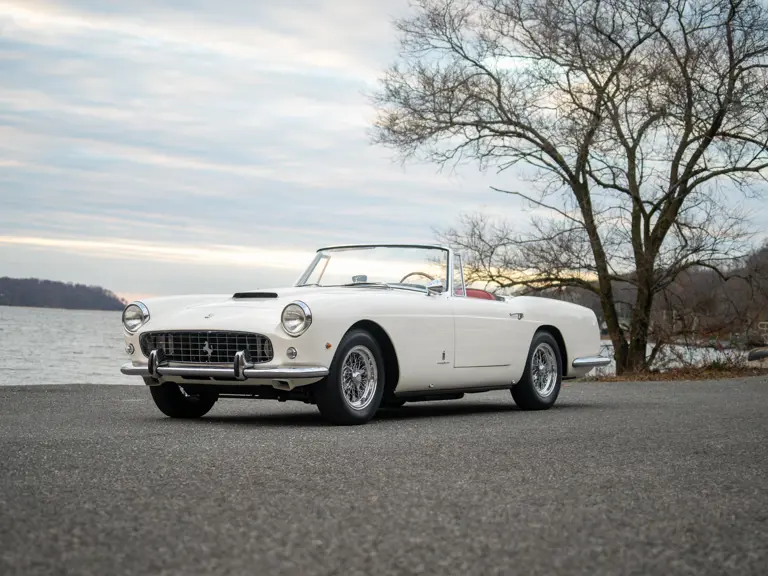
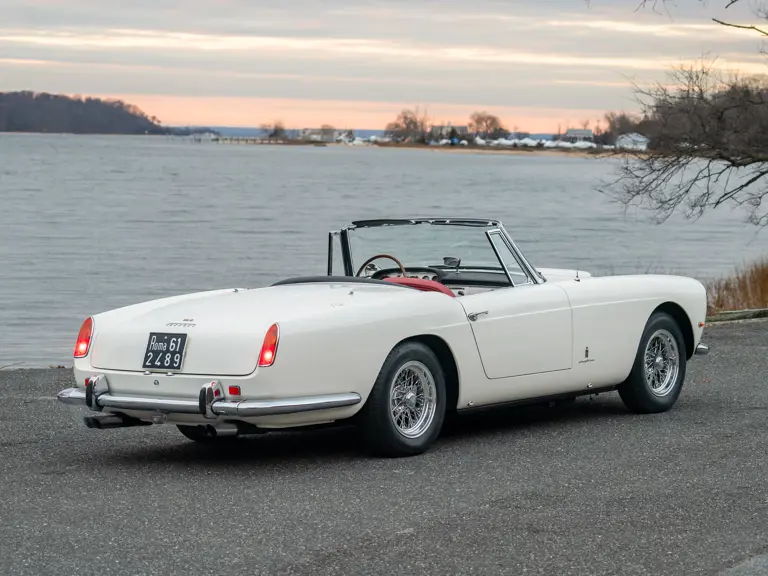
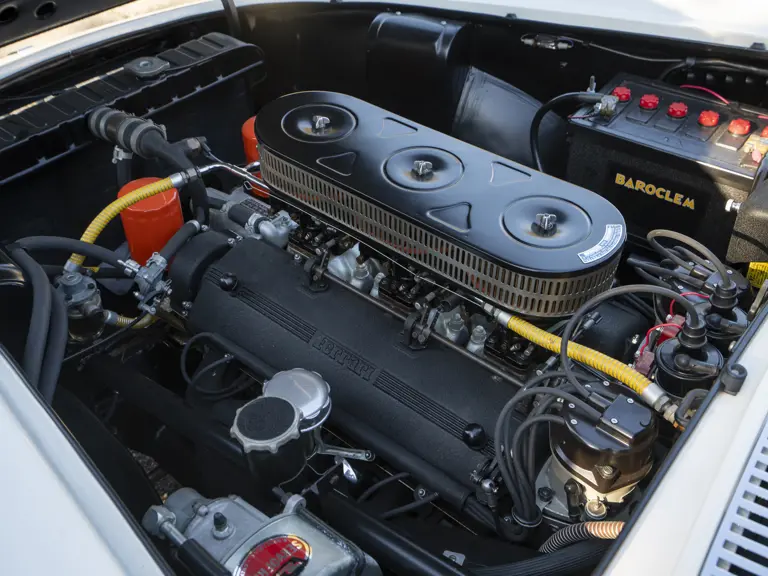
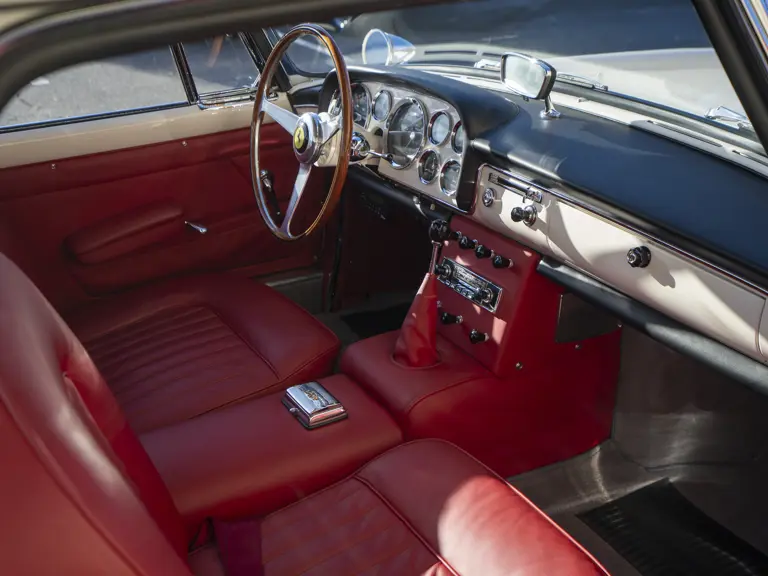
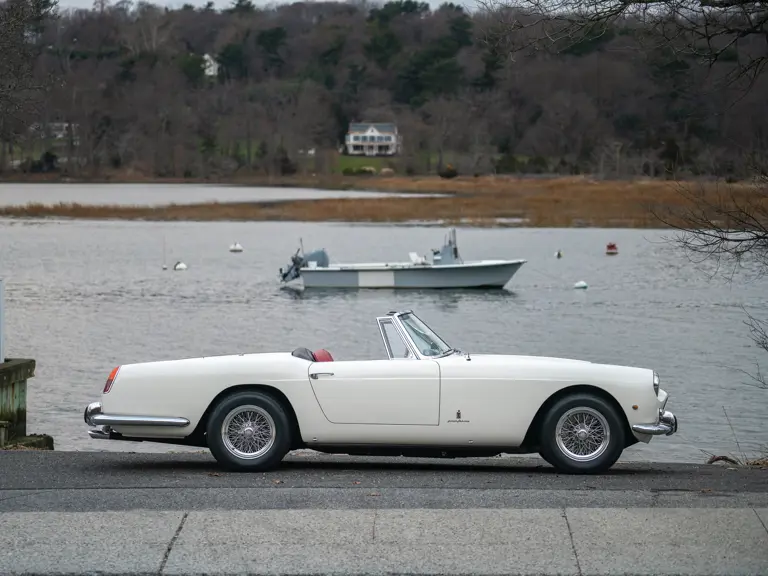

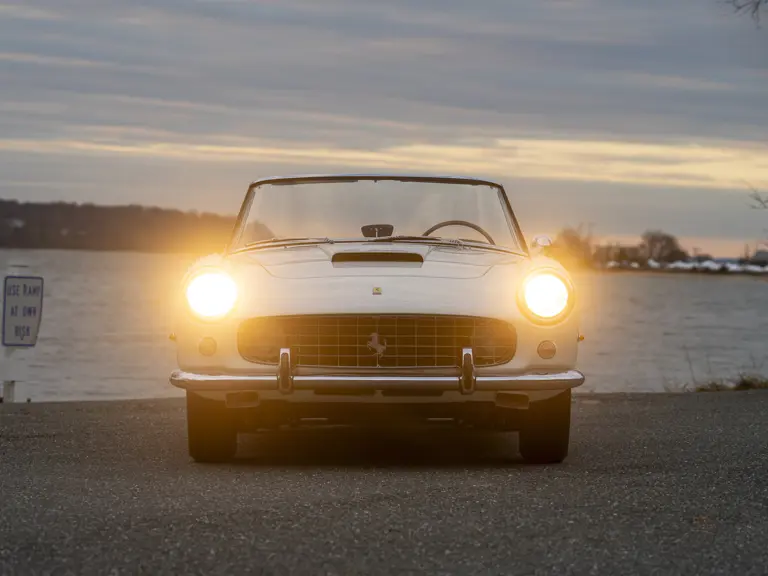
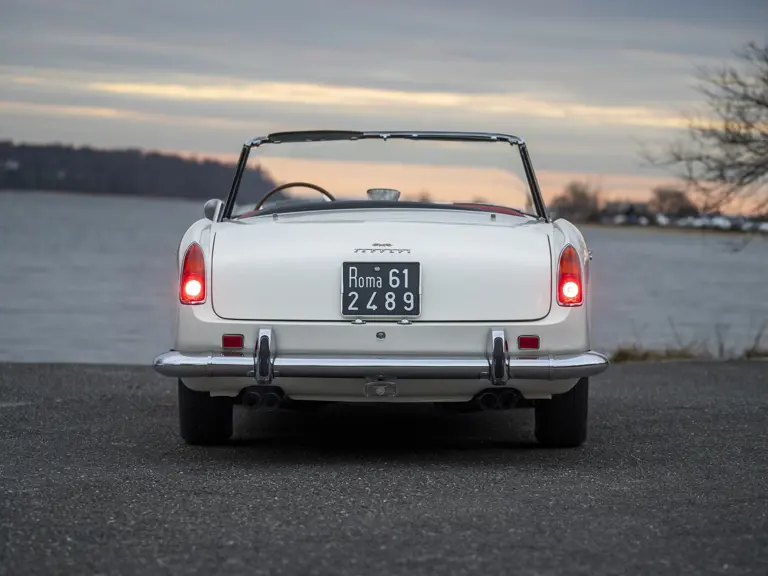
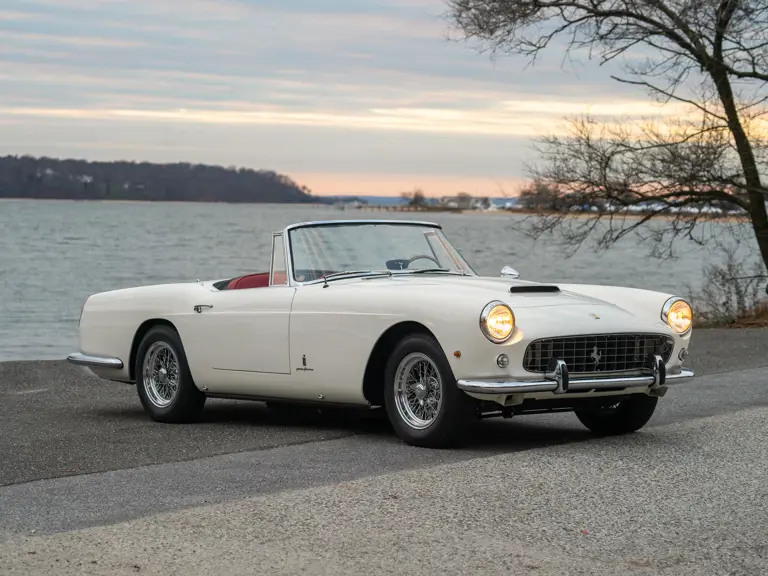

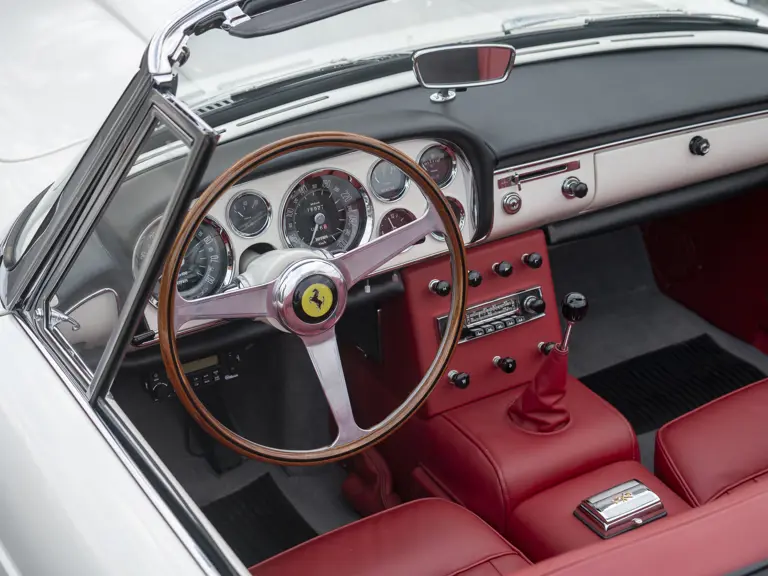
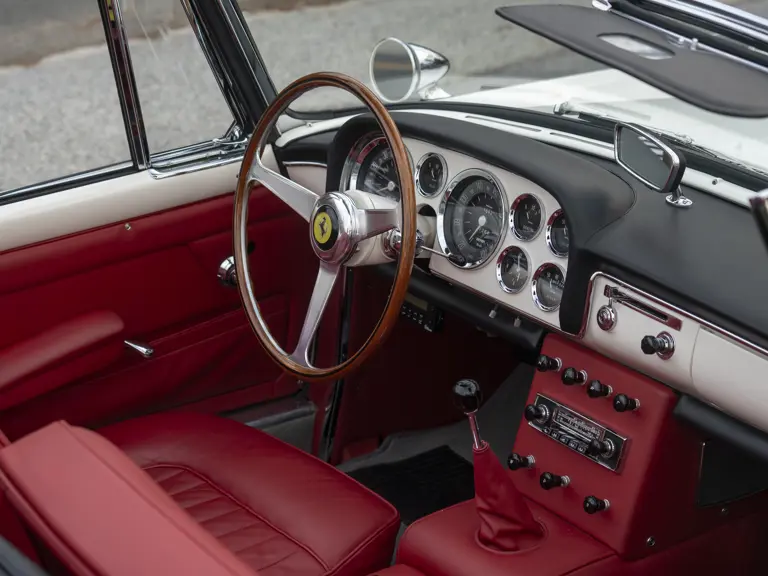
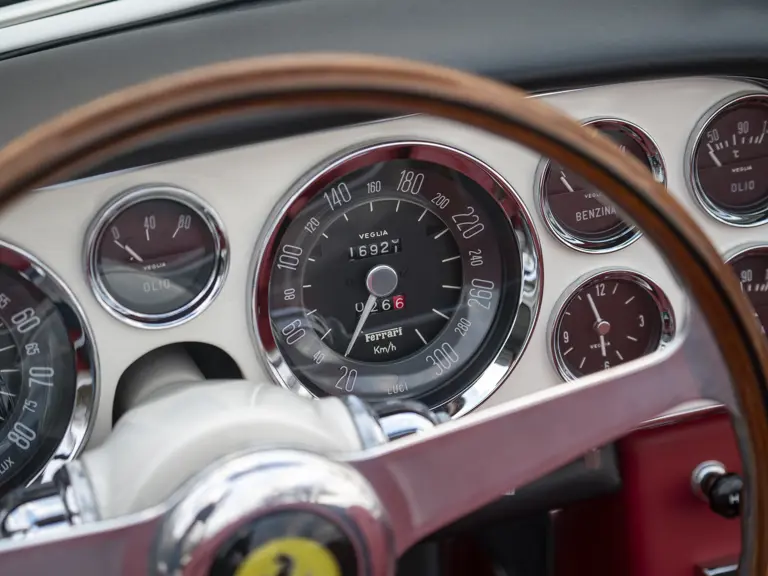
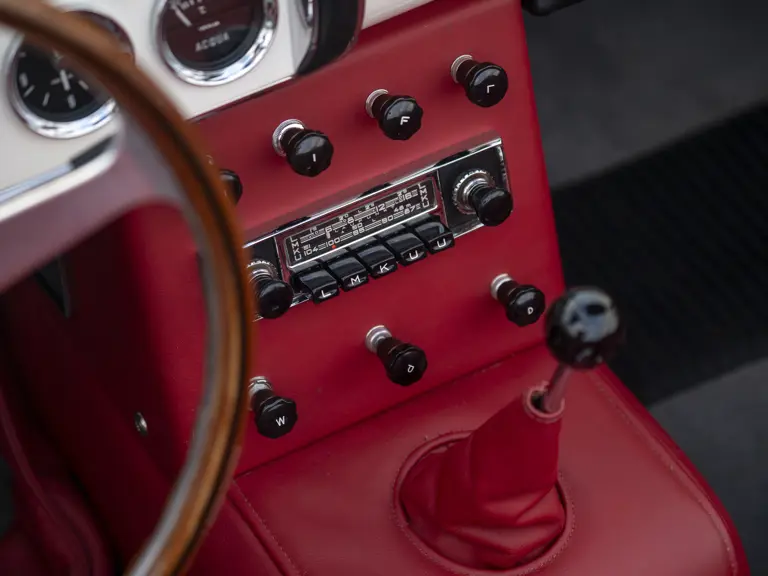
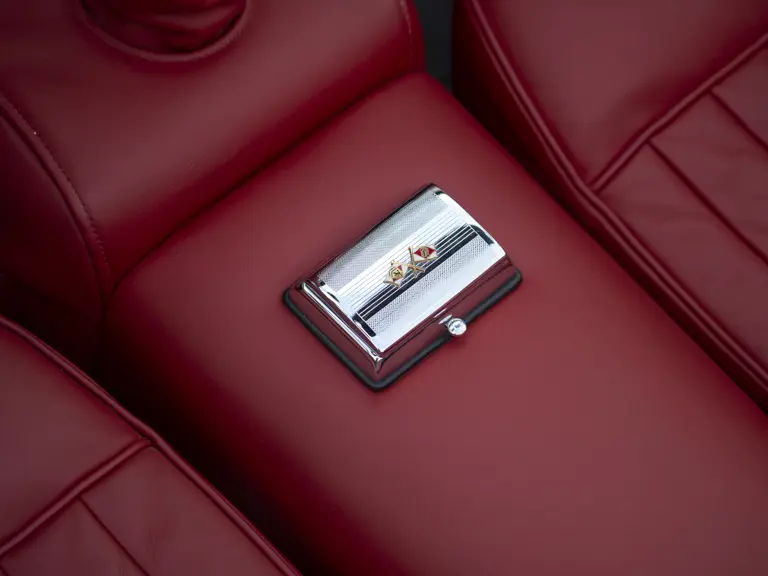
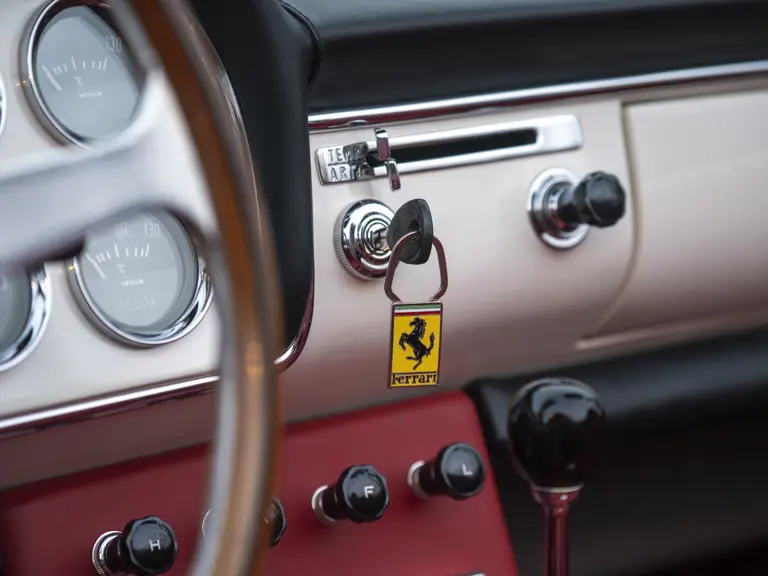

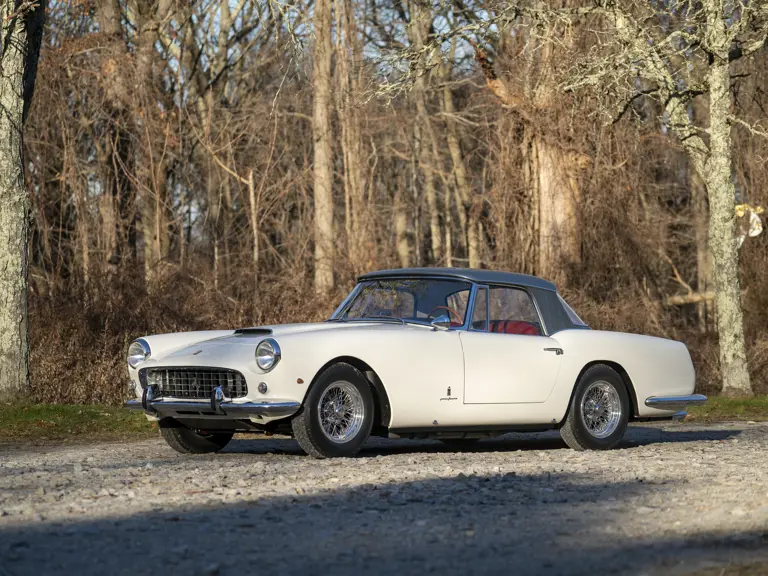
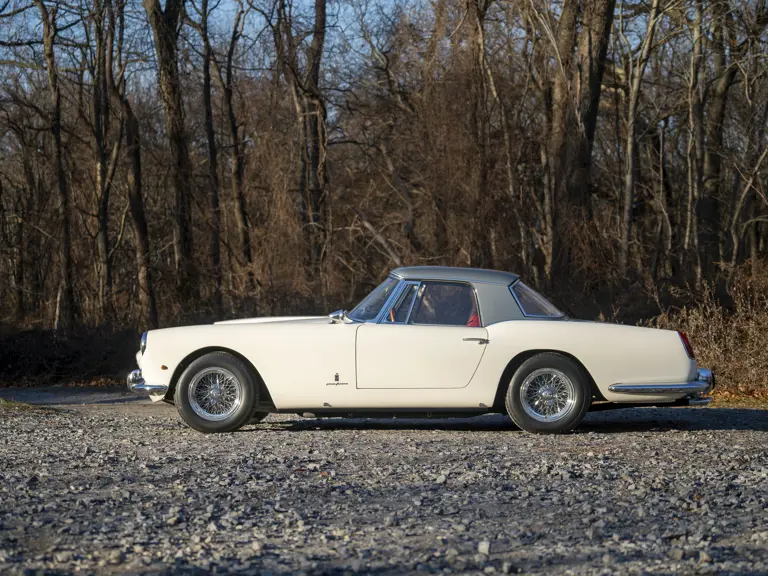
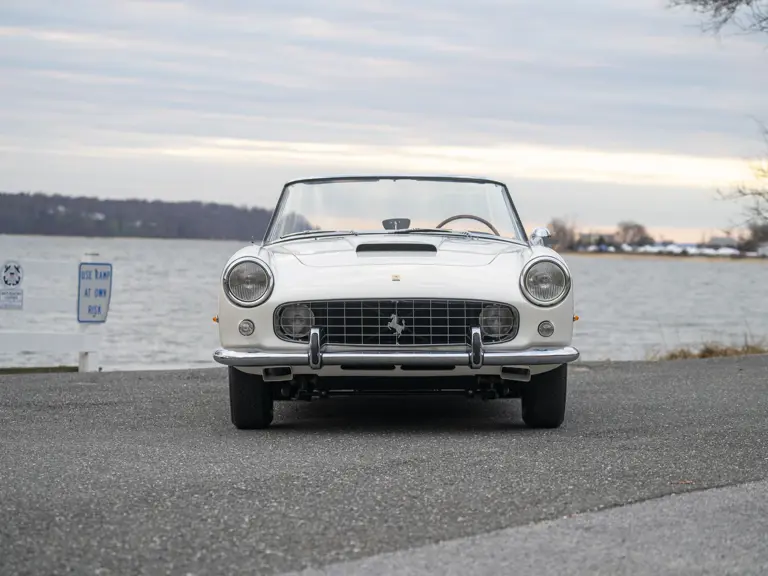
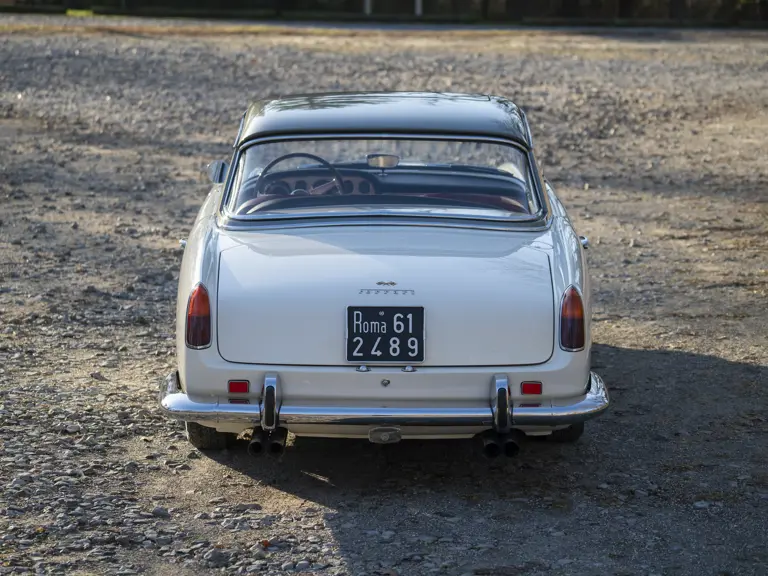

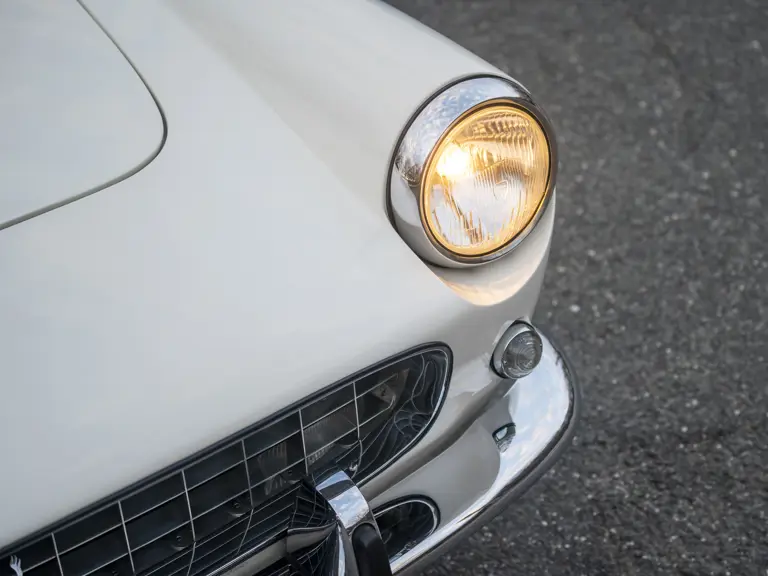
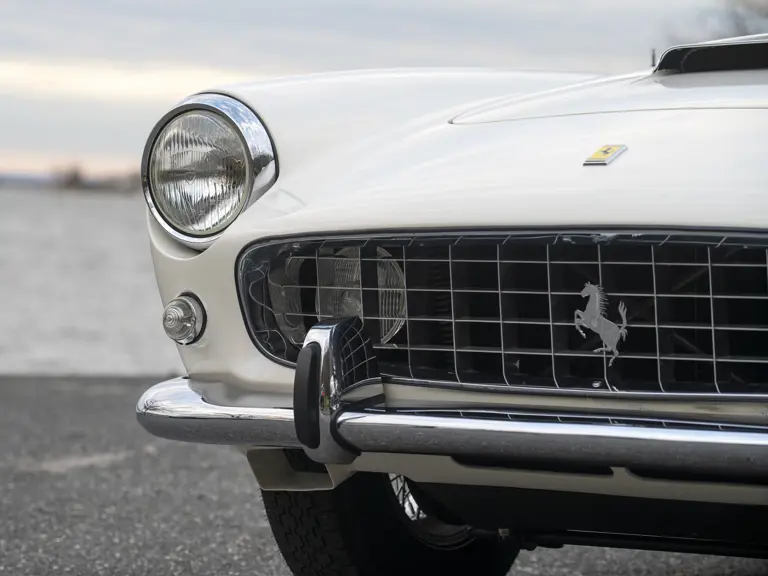
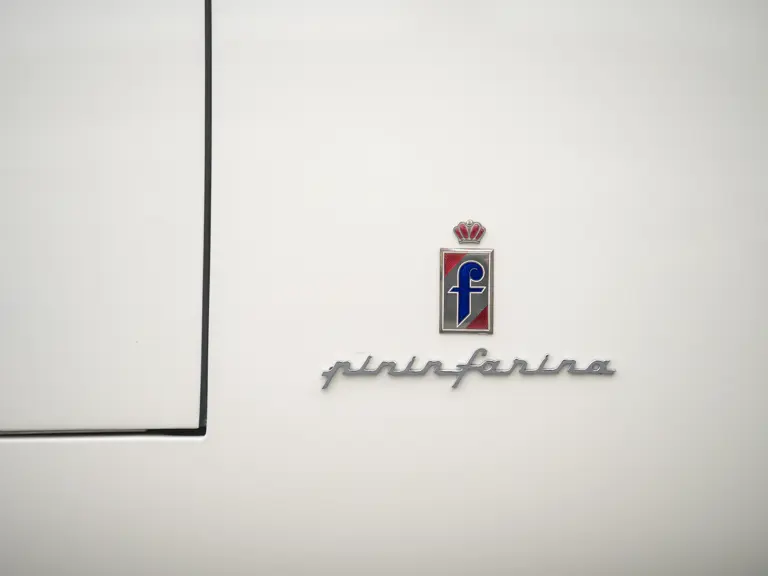
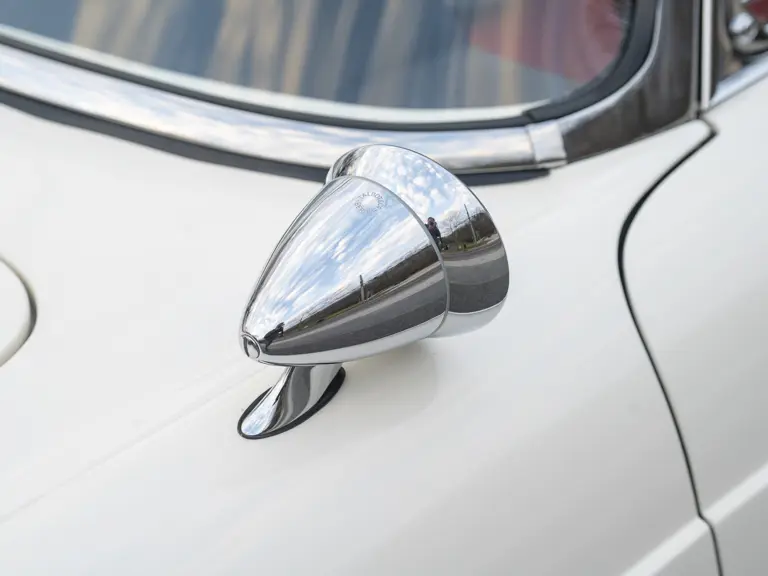
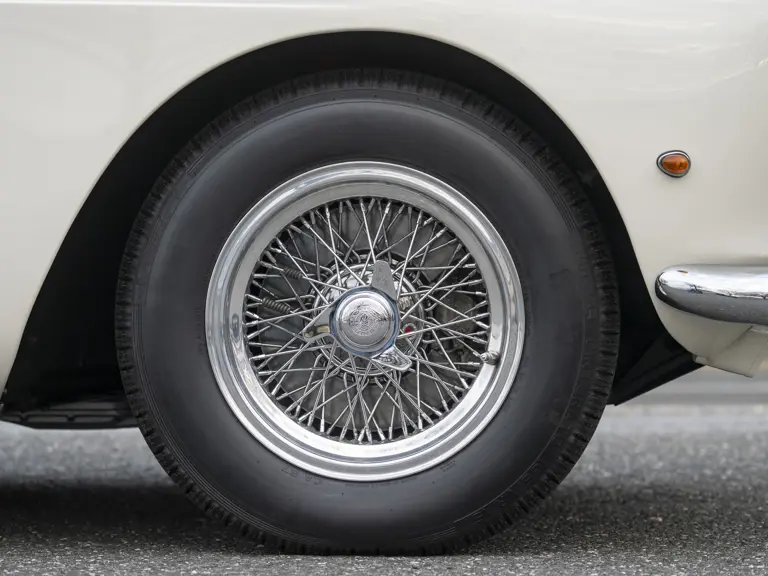
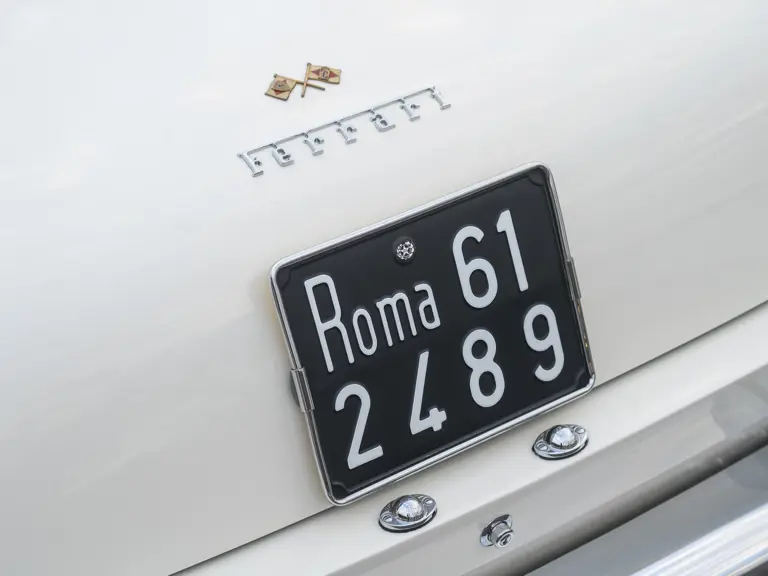
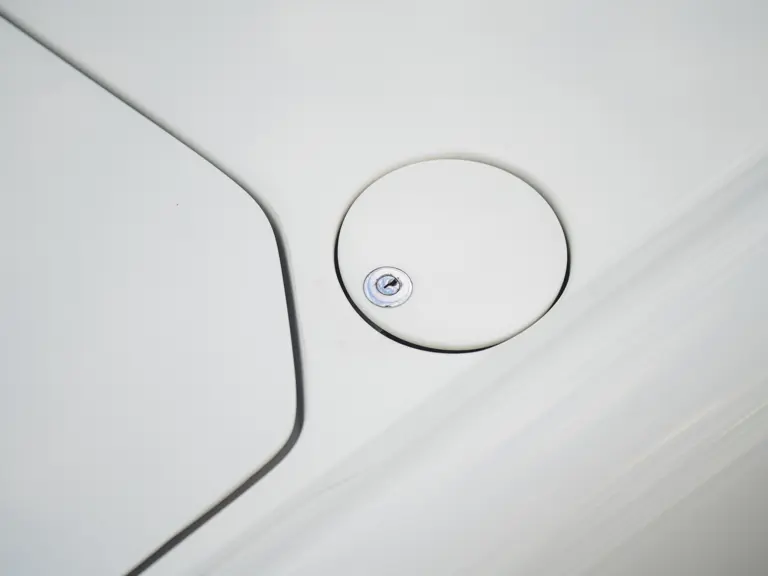
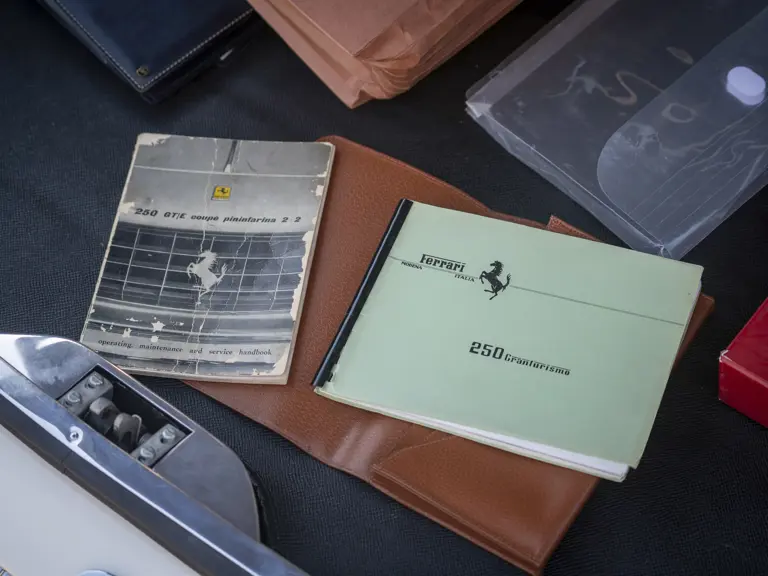
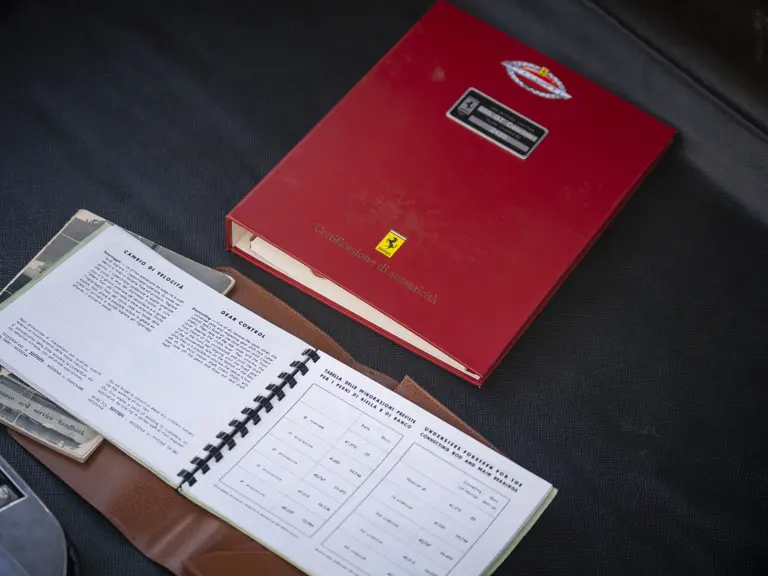
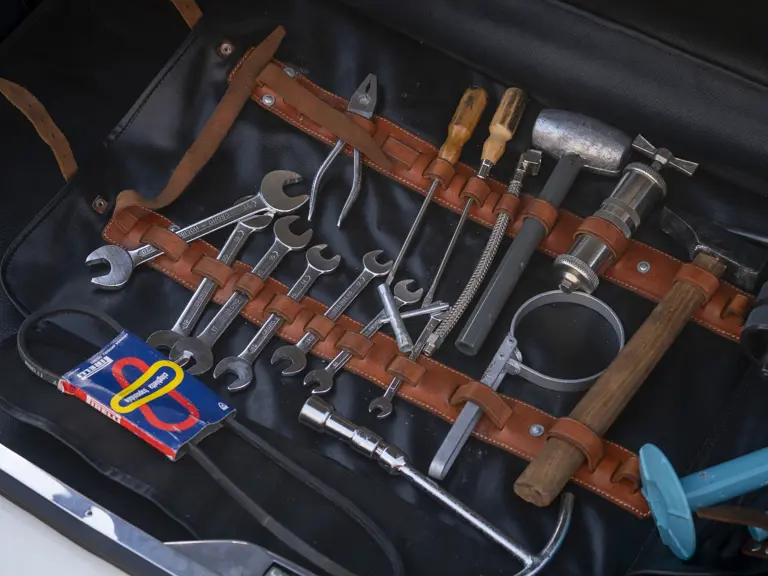
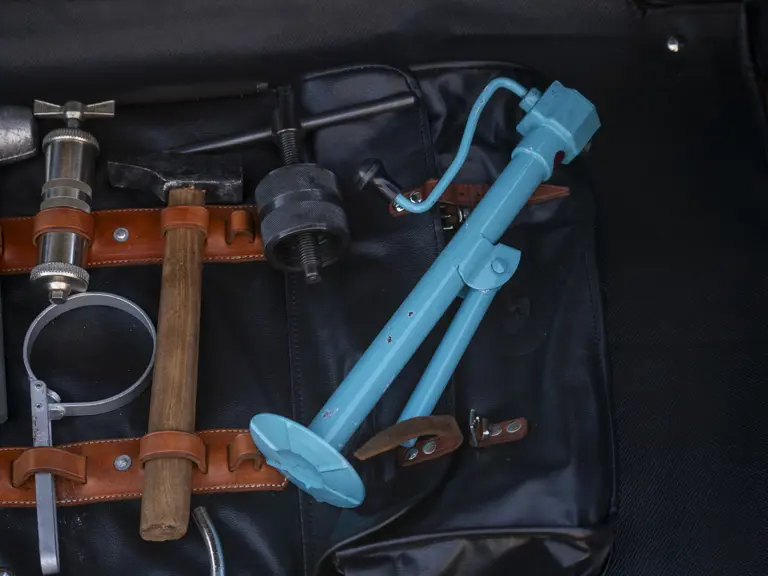
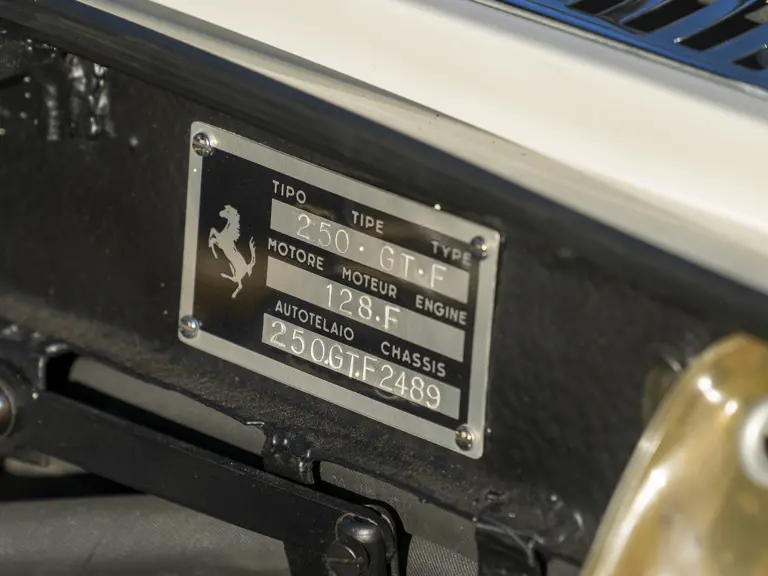
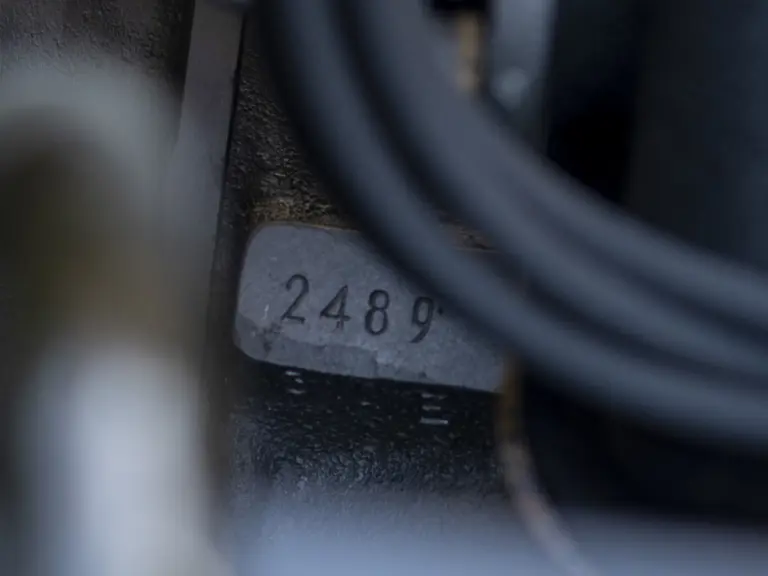
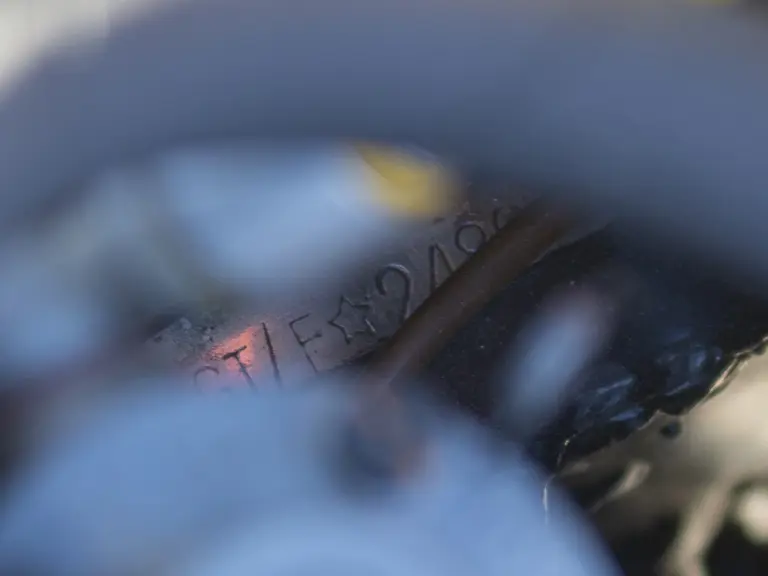
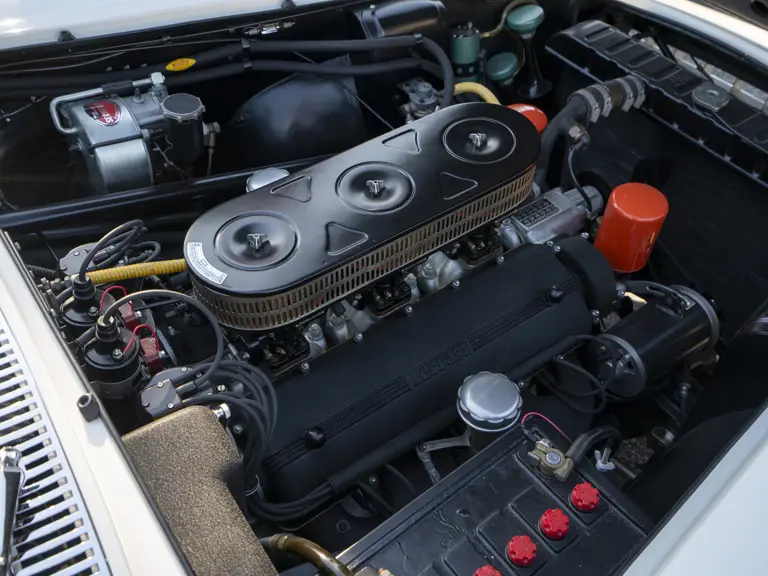
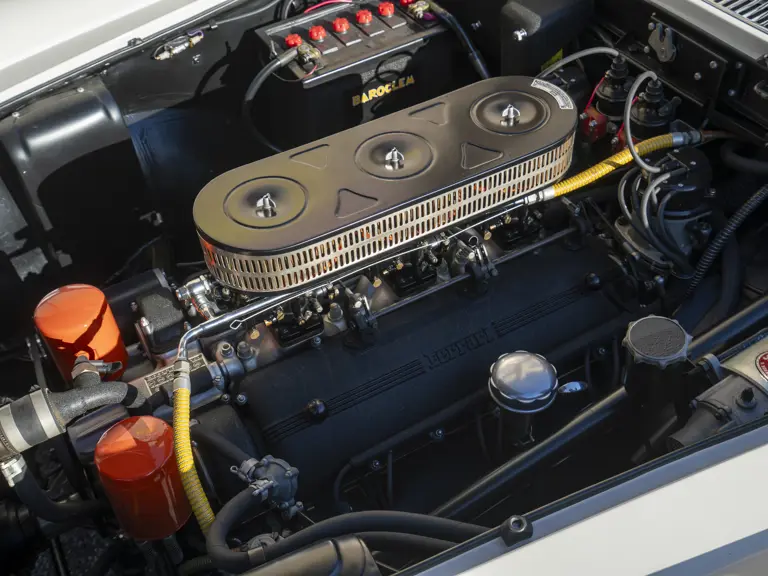
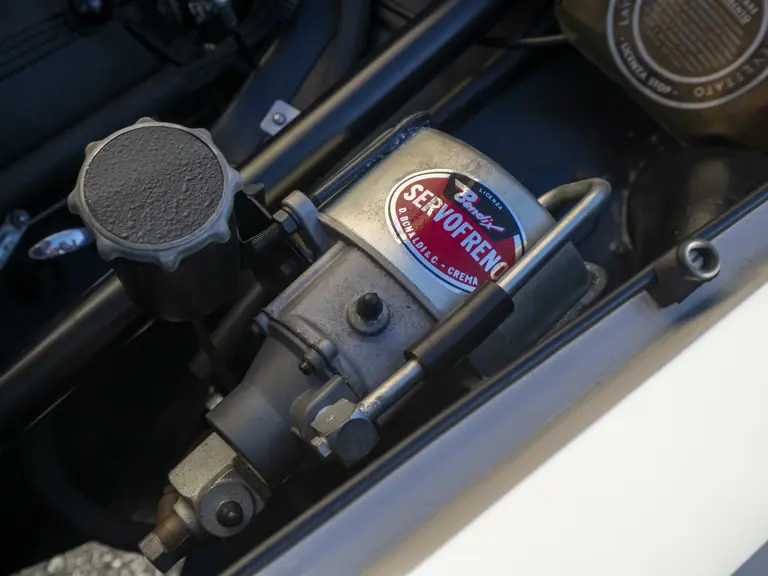
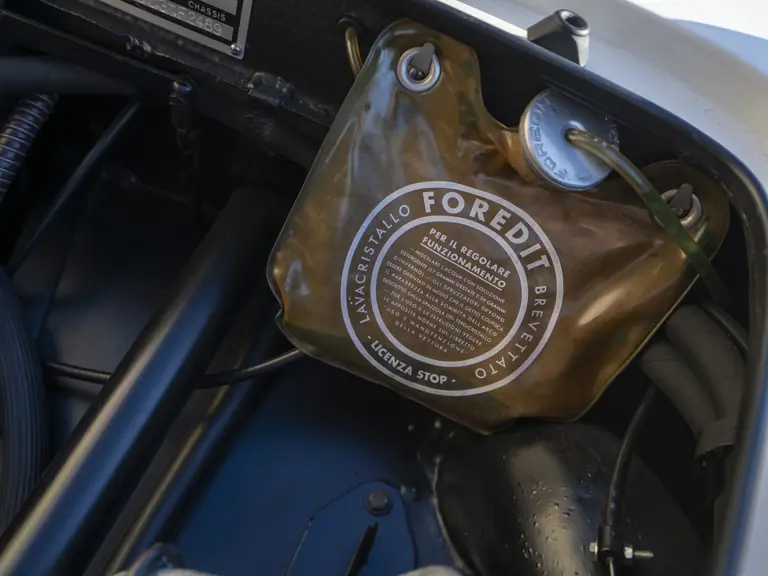
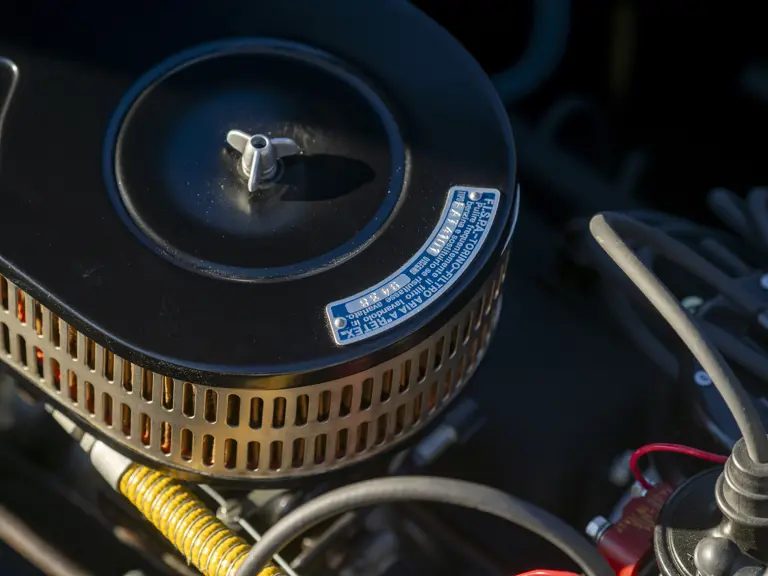
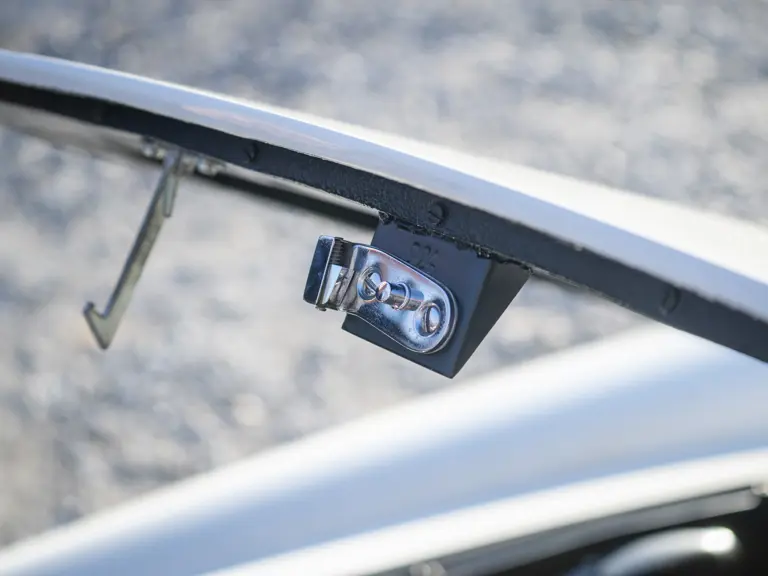
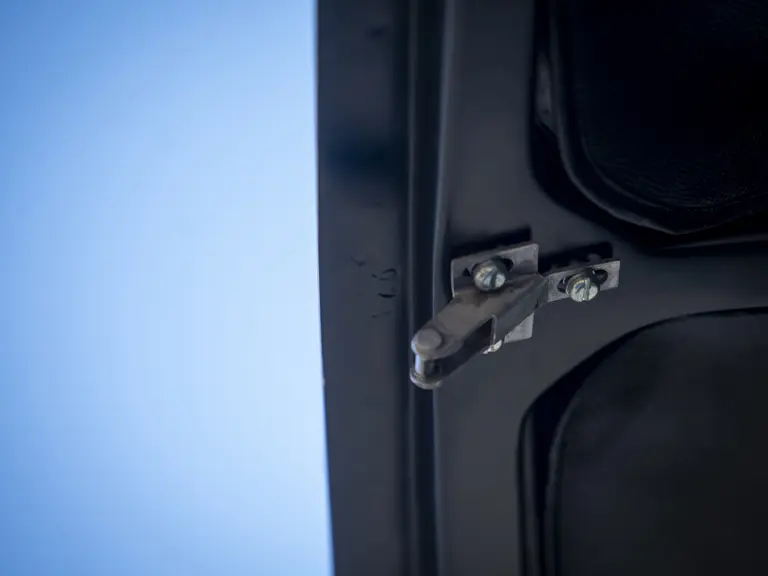
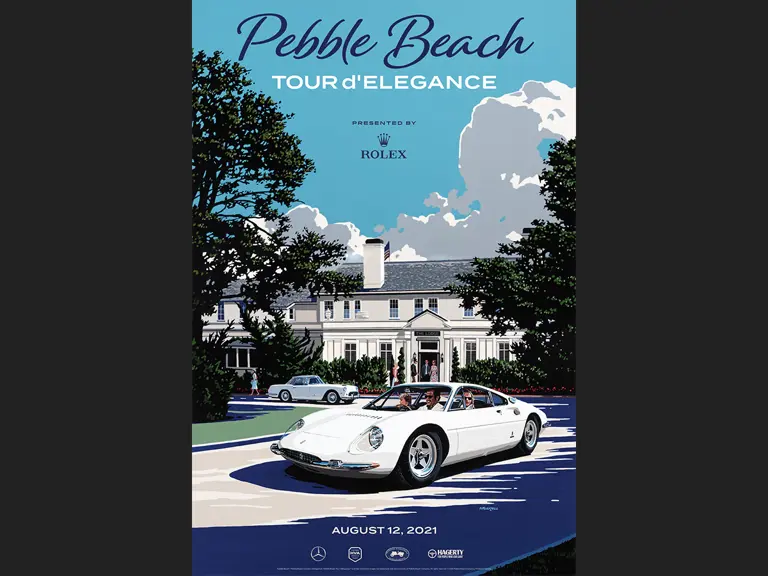
 | Phoenix, Arizona
| Phoenix, Arizona

